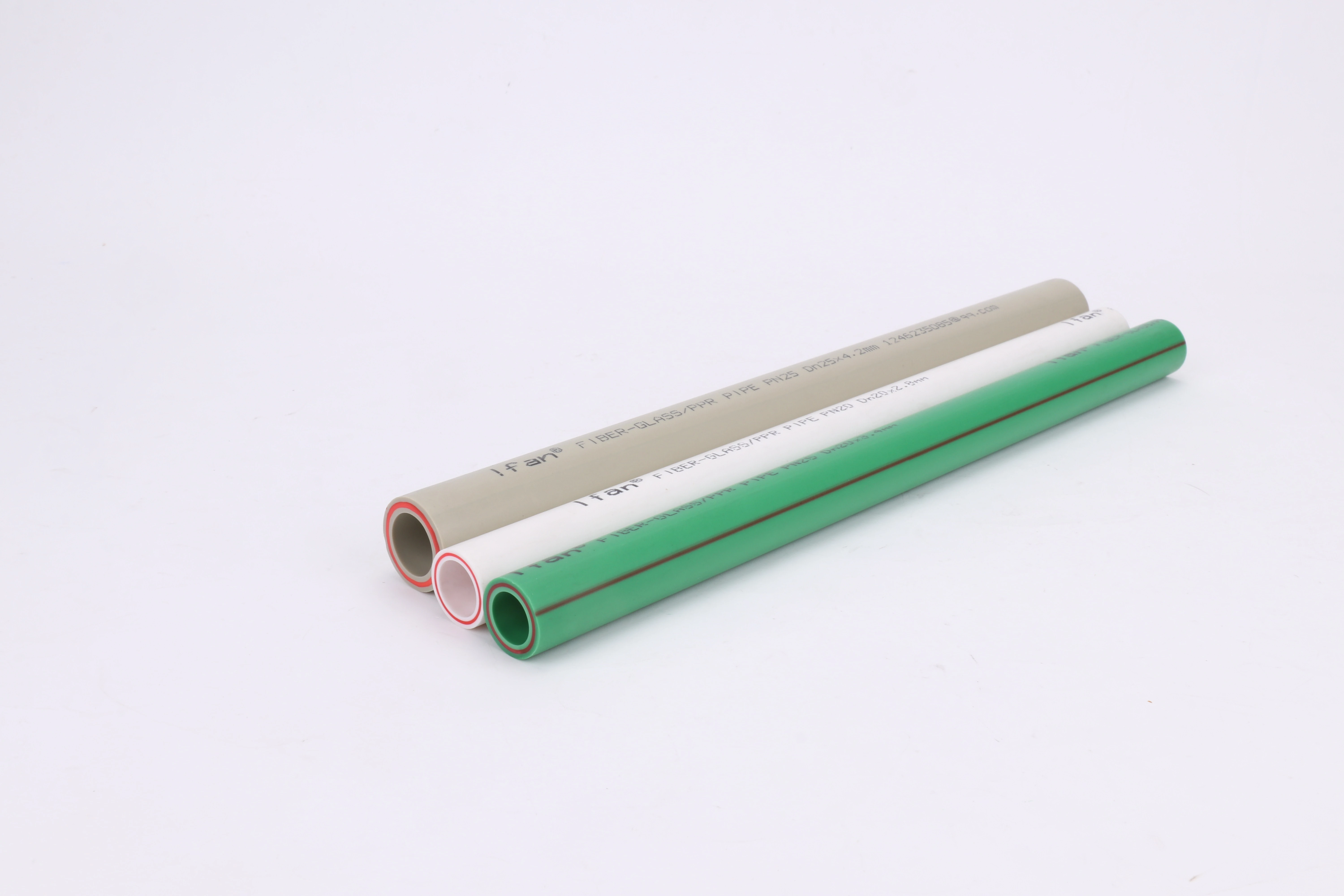PN 16 represents the pressure rating of PPR (Polypropylene Random Copolymer) pipes. This designation indicates the maximum working pressure the pipe can handle at 20°C (68°F).
Understanding PN 16 Pressure Rating
PN stands for “Pressure Nominal” in European standards. The number 16 means the pipe can withstand 16 bar (approximately 232 PSI) of water pressure under standard conditions.
This pressure rating applies specifically to water at room temperature. Higher temperatures reduce the maximum allowable pressure significantly.
Technical Specifications of PN 16 PPR Pipes
Pressure Capacity
- Maximum working pressure: 16 bar at 20°C
- Reduced pressure at higher temperatures
- Safety factor built into the rating system
Temperature Performance
PN 16 PPR pipes maintain their pressure rating only at specific temperatures. At 60°C, the working pressure drops to approximately 10 bar. At 95°C, it decreases further to around 6 bar.
Wall Thickness
PN 16 pipes feature thicker walls compared to lower pressure ratings. This increased thickness provides the structural integrity needed for higher pressure applications.
Common Applications for PN 16 PPR Pipes
Industrial Systems
High-pressure water distribution systems frequently use PN 16 pipes. Manufacturing facilities rely on these pipes for process water lines and cooling systems.
Commercial Buildings
Hotels, hospitals, and office complexes install PN 16 pipes for main water supply lines. These buildings require reliable high-pressure water delivery to multiple floors.
Residential Applications
Multi-story residential buildings use PN 16 pipes for vertical risers. Ground floor connections often require this pressure rating due to municipal water pressure.
PN 16 vs Other Pressure Ratings
Comparison with PN 10
PN 10 pipes handle 10 bar pressure at 20°C. They work well for standard residential plumbing but lack capacity for high-pressure applications.
Comparison with PN 20/25
PN 20 and PN 25 pipes offer higher pressure ratings. Industrial applications with extreme pressure requirements often specify these grades.

Installation Considerations for PN 16 PPR Pipes
Joint Methods
Heat fusion welding creates the strongest joints for PN 16 systems. Proper welding techniques ensure the joint strength matches the pipe pressure rating.
Mechanical fittings can work but may not maintain full pressure capacity. Always verify fitting specifications before installation.
Support Requirements
PN 16 pipes need adequate support spacing due to their weight and pressure capacity. Horizontal runs require supports every 1-1.5 meters depending on pipe diameter.
Testing Procedures
Pressure testing should reach 1.5 times the working pressure. For PN 16 pipes, test at 24 bar minimum to verify system integrity.
Quality Standards and Certifications
International Standards
PN 16 PPR pipes must comply with ISO 15874 standards. European EN 15874 standards also govern manufacturing requirements.
Manufacturing Quality
Premium PN 16 pipes use virgin PP-R raw materials. Recycled content can compromise pressure performance and long-term reliability.
Quality manufacturers provide complete traceability documentation. This includes raw material certificates and production batch records.
Selecting the Right PN Rating
System Pressure Analysis
Calculate maximum system pressure including pump pressure and static head. Add safety margin to determine minimum PN rating required.
Temperature Considerations
Consider maximum operating temperature in your calculations. High-temperature applications may require higher PN ratings to maintain adequate pressure capacity.
Future Expansion
Plan for potential system modifications or pressure increases. Selecting slightly higher PN rating provides flexibility for future changes.
Maintenance and Service Life
Expected Lifespan
Properly installed PN 16 PPR pipes last 50+ years under normal conditions. UV exposure and chemical exposure can reduce service life.
Inspection Requirements
Regular visual inspections help identify potential issues early. Look for discoloration, deformation, or joint problems.
Repair Considerations
Damaged sections require complete replacement rather than patching. Maintain spare pipe inventory for quick repairs when needed.
Custom Solutions for PN 16 Applications
Professional pipe manufacturers offer custom PN 16 solutions for specific applications. Custom fittings, special lengths, and modified specifications address unique project requirements.
Engineering support helps optimize system design for pressure performance and cost efficiency. Experienced manufacturers provide technical guidance throughout project planning and installation phases.
Conclusion
PN 16 PPR pipes provide reliable high-pressure performance for demanding applications. Understanding pressure ratings, temperature effects, and installation requirements ensures successful system performance.
Choose quality manufacturers with proven track records in PN 16 pipe production. Proper specification, installation, and maintenance deliver decades of trouble-free service from your piping investment.













Commentaires récents